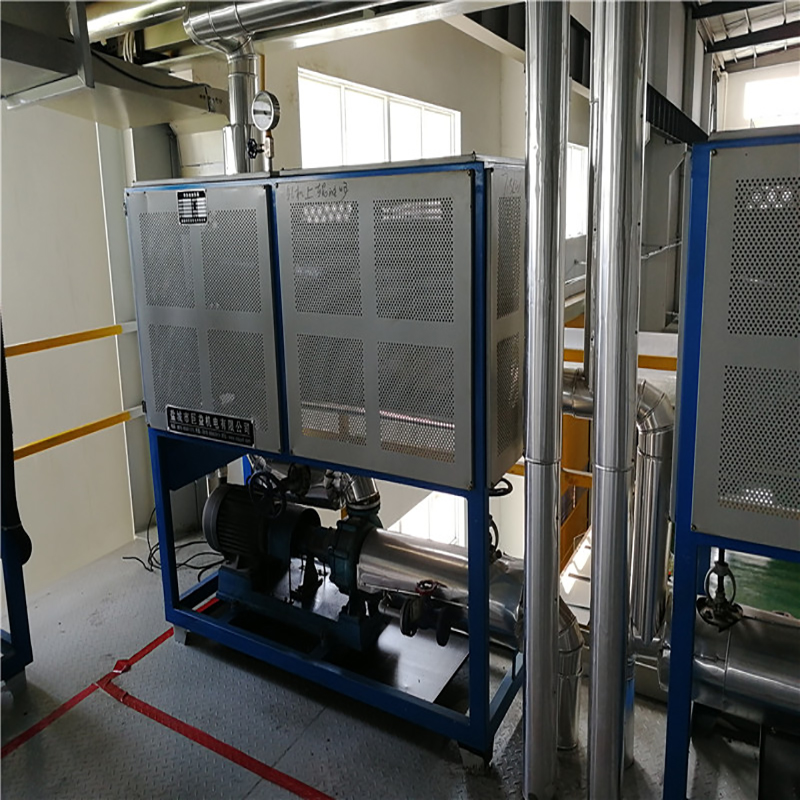মেল্টব্লোউন ননওয়েভেন মেশিনগুলি মেল্টব্লোউন ননওয়েভেন কাপড় তৈরিতে একটি গুরুত্বপূর্ণ ভূমিকা পালন করে, যা তাদের লাইটওয়েট দ্বারা চিহ্নিত করা হয়, ছিদ্রযুক্ত গঠন এবং অত্যন্ত সূক্ষ্ম ফাইবার. These machines utilize high-speed hot air to attenuate and entangle extruded thermoplastic filaments, forming a web of fine fibers that is subsequently collected and processed.
Understanding Meltblown Nonwoven Machines

Meltblown machine nonwoven fabric consists of several key components:
- Extruder: This component melts thermoplastic resin pellets or granules, preparing them for extrusion through fine nozzles.
- Distribution Plate with Nozzles: The molten resin is forced through thousands of tiny nozzles, creating a multitude of filaments.
- Hot Air System: A high-velocity hot air system heats up as it passes over a chamber and is then directed onto the extruded filaments.
Key Parameters of Meltblown Machines
The performance and output of meltblown nonwoven machines are influenced by several critical parameters:
- Nozzle Holes: The number and diameter of nozzle holes determine the fineness of the fibers and the fabric’s basis weight.
- Air Temperature: Higher air temperatures result in finer fibers but can potentially damage the resin.
- Airflow: Increased air velocity produces finer fibers but consumes more energy.
- Resin Type: Different resins, such as PP, PE, and PET, are used based on the desired fabric properties.
- Production Speed: Higher speeds allow for increased fabric production but may affect fiber fineness.
- Width: The machine’s width determines the size of the nonwoven fabric produced.
Applications of Meltblown Nonwoven Fabrics
Meltblown nonwoven fabrics possess unique attributes that make them suitable for a wide range of applications:
- Healthcare: They are extensively used in surgical drapes, gowns, masks, and swabs due to their high barrier properties.
- Filtration: Meltblown fabrics serve as efficient filter media for air, liquids, and other applications, effectively removing particles and contaminants.
- Apparel: These fabrics are utilized as interlinings and insulation layers in clothing, providing warmth and structure.
- Wipes: Meltblown nonwoven fabrics are commonly used to produce wet wipes for personal and industrial cleaning purposes.
- Acoustics: They are employed as sound insulation in buildings and vehicles, effectively reducing noise levels.
